Amazing Halloween Facts for Kids 2024 [Must Read]
Halloween is a celebration of everything spooky, and in the U.S., it’s accompanied by some peculiar customs like trick-or-treating and pumpkin carving, celebrated on October 31st! So be vigilant for those eerie costumes! It’s time to break out the costumes today! Halloween is THE day to dress up as a witch, zombie, skeleton, alien, vampire, ghost, or werewolf, so get your costume boxes out.
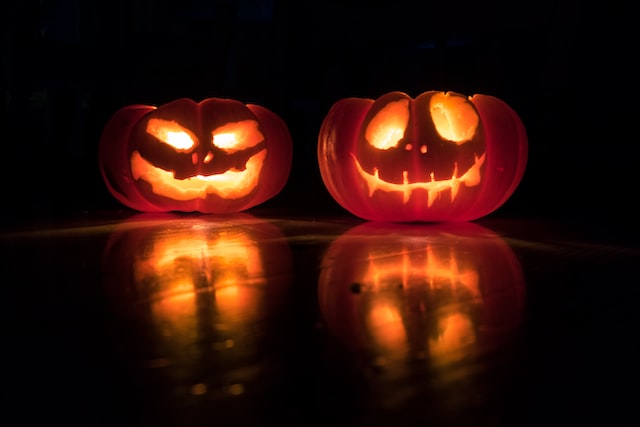
How did Halloween start?
All Saints Day, commonly referred to as All Hallows Day, was a Christian holiday. It was a day kept honoring the deceased, particularly saints. People used to stroll about with torches to frighten spirits away. Halloween started because it was initially celebrated on All Hallows’ Eve, the night before All Hallows’ Day, which later became known as Hallowe’en.
The ancient Celtic Samhain harvest celebration is where Halloween, as we know it now first, emerged. Pope Gregory III established All Saints’ Day on November 1 in the eighth century and adopted some Samhain customs in his mission to propagate Christianity.
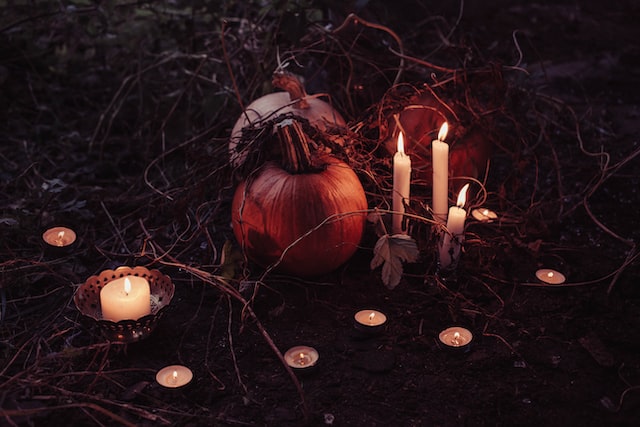
The American tradition of Halloween:
- It is believed that Halloween first originated around 4000 B.C. This indicates that it has existed for more than 6,000 years. Halloween is a fun day encouraging kids to dress up in costumes, tell spooky tales, and knock on doors to collect candy. It is a favorite holiday among kids. To borrow an apt metaphor, Halloween is Frankenstein’s monster of holidays since it is a composite of many other cultures’ customs, tales, and beliefs.
- Irish immigrants flooded the United States in the middle of the nineteenth century due to the potato famine, bringing Halloween customs with them.
- Pumpkins weren’t always used to make Jack O’Lanterns. Turnips were used to make them originally. Unwanted visitors are deterred with Jack O’Lanterns. Turnips, potatoes, and beets were used to make Jack’s lanterns by the people of Scotland and Ireland. Along with the immigrants, the custom made its way to the United States, where people started making lanterns from native to North American pumpkins.
- Some people wore masks to avoid being recognized by evil spirits during the Samhain holiday. Wassailing, which entails dressing up in character and knocking on doors to beg for treats, has been a tradition since the Middle Ages. But when Halloween developed into a commercial event in the United States, the popularity of costumes increased significantly. The 1930s were when the first reports of mass-produced costumes first surfaced. With the expansion of trick-or-treating, the trend of dressing up took off.
The Irish legend behind the origin of “Jack o’ lantern”:
According to legend, Stingy Jack called the devil to join him for a drink, but because Jack didn’t want to pay for it, the devil agreed to change it into a coin. He didn’t spend the money on the drink; instead, he kept it in his pocket and placed it next to a silver cross in his home to keep the devil from manifesting himself again.
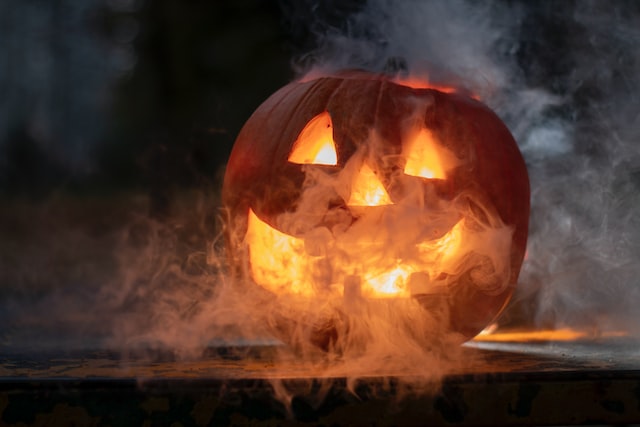
In exchange for the devil leaving Jack alone for a year, he agreed to let him go, promising that the devil would not seize Jack’s soul in the event of his passing. One year later, Jack managed to con the devil again into leaving him alone and not claiming his soul.
When Jack passed away, the devil, true to his word, would not let him enter hell since God didn’t want such a cunning person in heaven. Jack was sent out into the night with just a lump of burning coal to light his way. Since then, he has been wandering the ground after placing the coal inside a turnip that was cut out.
Fun Halloween facts for kids:
Trick-or-treating began as “souling.”
Having kids dress up in costumes and knock on doors seeking candy seems strange. Souling grew wide as the Catholic Church began replacing pagan festivities with its holidays (like All Souls’ Day), and underprivileged children and adults would visit homes costumed as spirits to accept food in exchange for prayers.
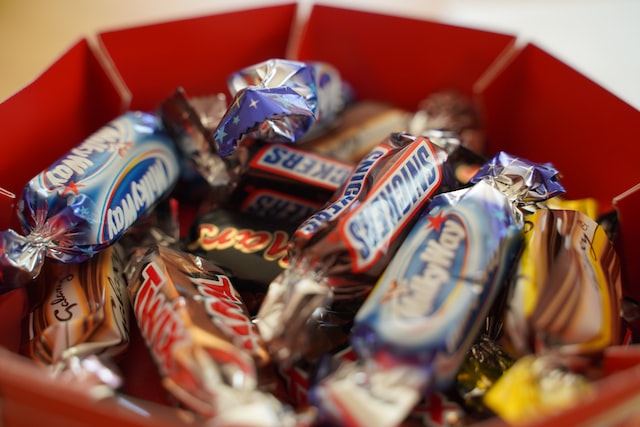
Although trick or treating has been practiced for a long time, it hasn’t always been this way. Trick or treating started when ‘souling’ was practiced. For a “soul cake,” a tiny circular cake, people would pound on doors. They would offer prayers in return.
Also Read: Brown Widow Spider
There’s a ritual by which you can see witches at midnight.
The Old English word “wicce,” which means “wise lady,” is where the term “witch” originates. In actuality, Wiccan was once held in great regard. Halloween night is said to have been the date of an important meeting of witches. On Halloween, if someone walks backward while wearing inside-out clothing, legend has it that they will see a witch at midnight.
Bone fires- REALLY?
Bonfires were lit during the Halloween festival to ensure the sun would rise after the long winter. Cattle bones were frequently thrown into the flames by Druid priests, turning the bone fire into a bonfire.
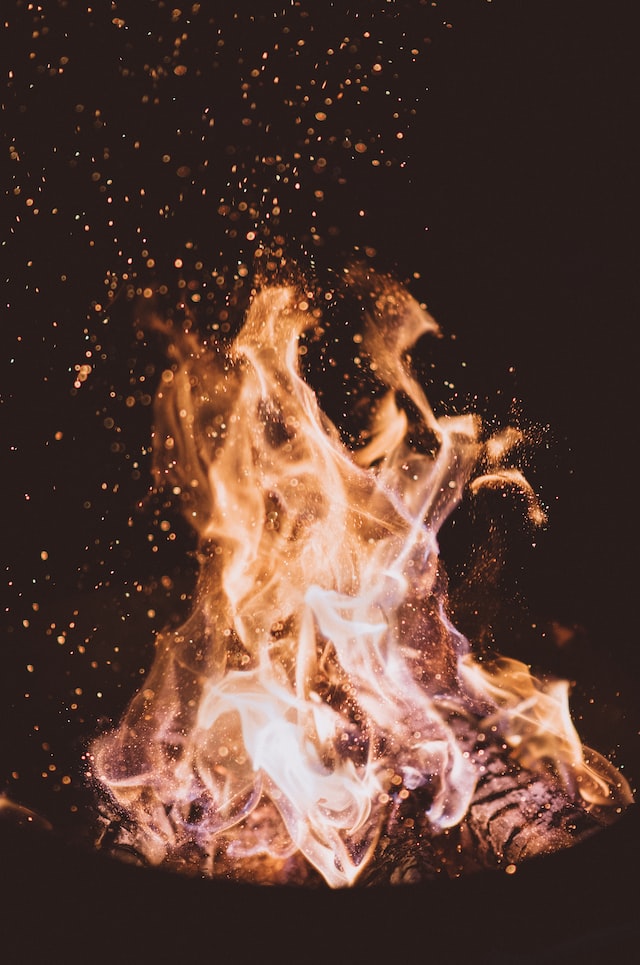
Stephen Clarke carved a pumpkin in the shortest amount of time.
Everybody enjoys carving pumpkins on Halloween. However, it typically takes a long time! Stephen Clarke has some professional experience. He set a Guinness World Record for carving a pumpkin in the quickest time possible. In about 16 seconds, he completed it! Even a mouth, ears, eyes, and nose were present.
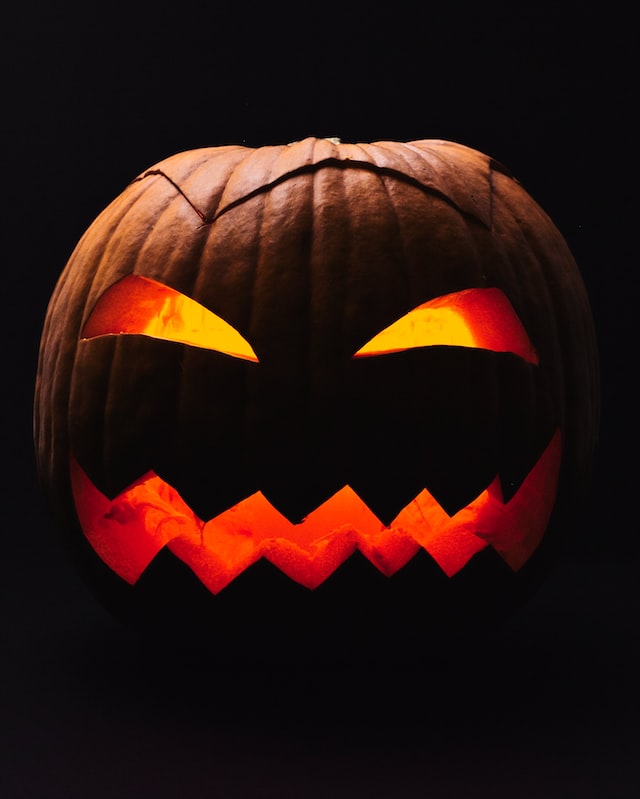
Fear of Halloween is a real health condition!!!
Halloween phobia or Samhainophobia is an actual condition. This fear can also manifest in other phobias, including phasmophobia- the dread of ghosts; wiccaphobia- the fear of witchcraft; or nyctophobia- the fear of the dark.
Orange and black are the primary colors of Halloween.
Throughout the Halloween season, you will see a lot of orange and black, not only because pumpkins are orange, though! The autumn’s changing leaves also represent orange. It represents power and tenacity and is connected to the Samhain bonfire customs. On the other hand, black is frequently associated with death and could mean the upcoming long and chilly winter.
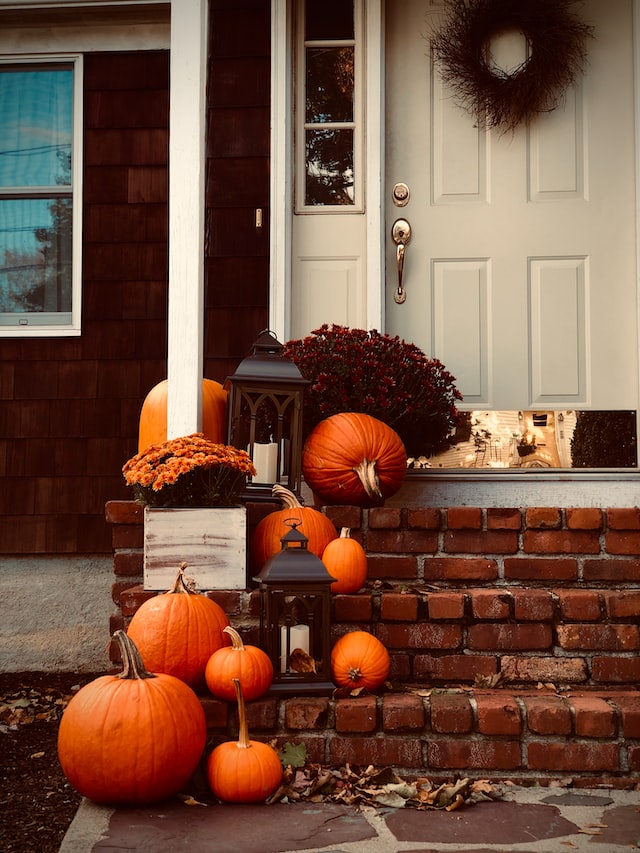
Black cats and Halloween; spooky, isn’t it?
Black cats were often thought to guard the magic of witches! They were supposed to bring curses and bad luck.
Traditions surrounding Halloween date back to ‘Samhain.’
People wore costumes to ward off ghosts on the night of Samhain because it was thought that they roamed the land during that time. A Celtic holiday called Samhain originated about 2,000 years ago. People would light bonfires and even dress up in costumes to fend off ghosts!
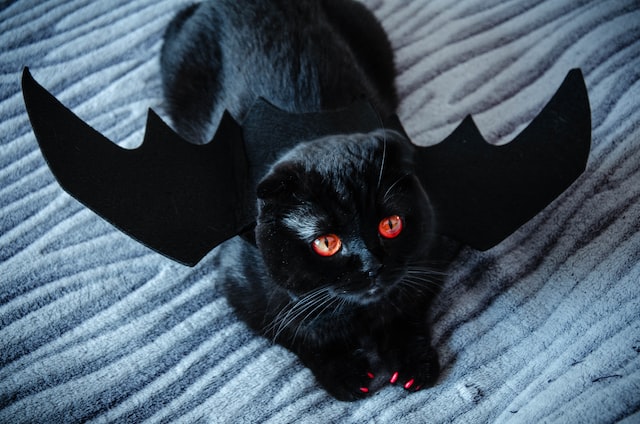
The most significant number of lit jack o’lanterns on display is 30,581.
Guinness World Records lists the City of Keene, New Hampshire, as having 30,581 illuminated Jack-o-lanterns on display in 2013. Since the initial attempt, Keene, represented by Let it Shine, has broken the record eight times. There are a ton of pumpkins there!
The folklore surrounding Halloween is rich with magic and omens.
Halloween superstitions and fortune-telling from the Old English folklore still exist today, such as bobbing for apples and avoiding black cats. According to a fragment of tradition, the face that emerges in the mirror of a young, single person who holds it and walks down the stairs backward at midnight will be their next mate.
Beggars’ night is a humorous tradition in Des Moines.
In Des Moines, children took to the streets for Beggars’ Night the night before Halloween. According to an article in the Des Moines Register, the celebration reportedly started in 1938 to prevent damage and provide younger children with a safer way to celebrate Halloween. Beggars’ night is similar to traditional trick-or-treating, except that kids must perform a “trick,” recite a poem or tell a joke in exchange for a goodie.
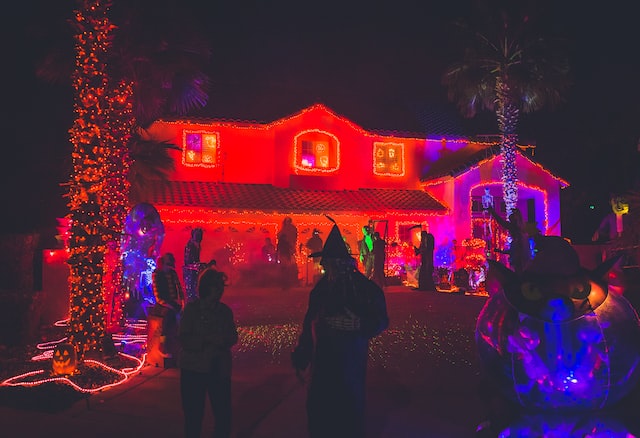
Conclusion
Samhain, All Hallows Eve, Witches Night, Lambswool, Snap-Apple Night, and Summer’s End are additional names for Halloween. Want to know more? Click here.
